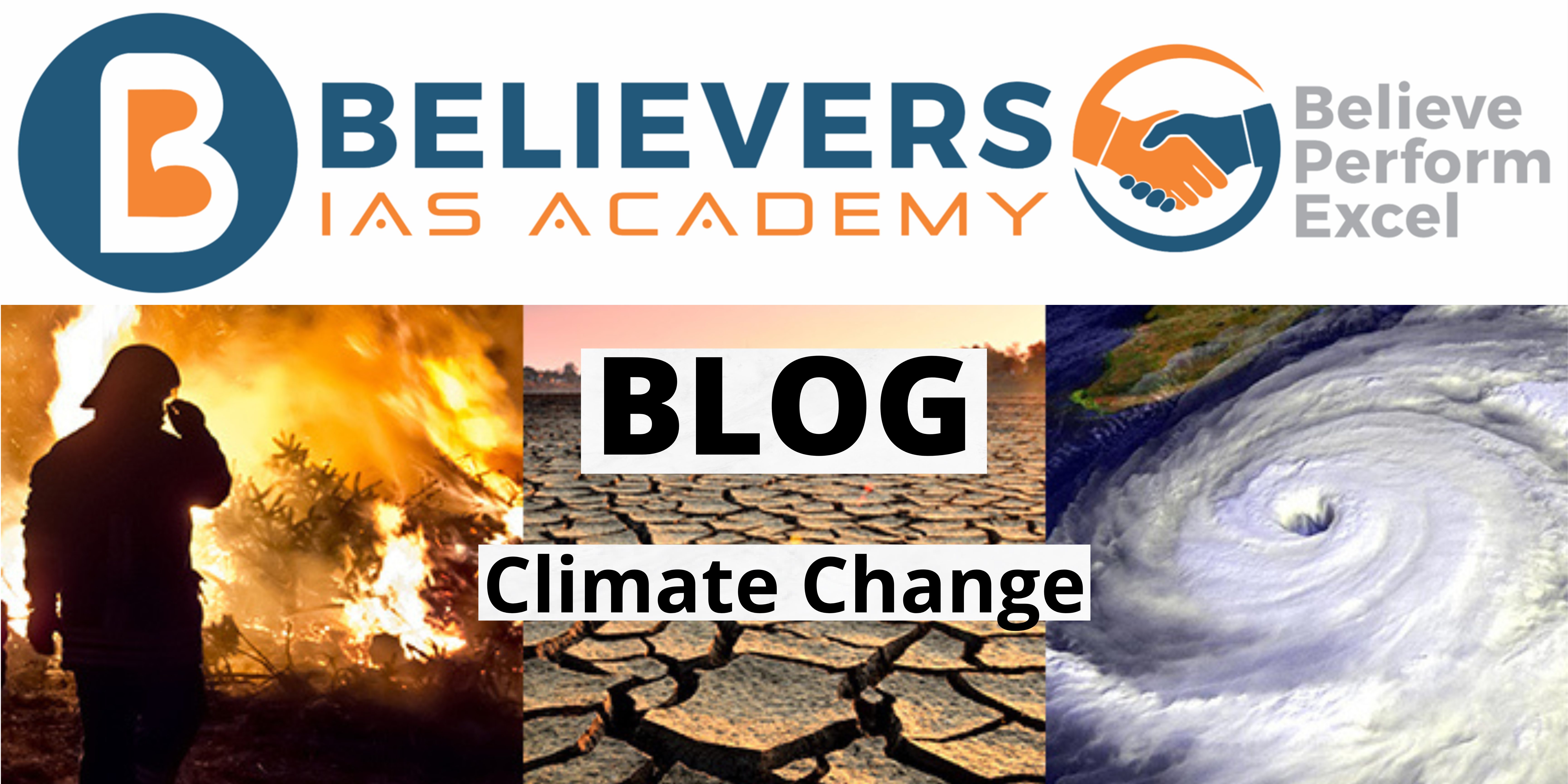Climate Change
Part 3
How to mitigate climate change
- Climate change can be mitigated by reducing greenhouse gas emissions and by enhancing sinks that absorb greenhouse gases from the atmosphere.
- This requires far-reaching, systemic changes on an unprecedented scale in energy, land, cities, transport, buildings, and industry.
- This can be divided into the following categories;
Renewable Energy:
- Increasing the share of renewable energy in total energy production is critical in the reducing the greenhouse emissions.
- Solar panels and onshore wind are now among the cheapest forms of adding new power generation capacity in many locations.
- Renewables represented 75% of all new electricity generation installed in 2019, nearly all solar and wind.
- To achieve carbon neutrality by 2050, renewable energy needs to become the dominant form of electricity generation, rising to 85% or more by 2050 in some scenarios.
Energy Efficiency:
- If less energy is needed, there is more flexibility for clean energy development.
- It also makes it easier to manage the electricity grid, and minimises carbon-intensive infrastructure development.
- Energy efficiency and renewable energy are said to be the twin pillars of sustainable energy policy.
- A report published in 2006 by the McKinsey Global Institute, asserted that “there are sufficient economically viable opportunities for energy-productivity improvements that could keep global energy-demand growth at less than 1 percent per annum”.
Sustainable Agriculture:
- Agriculture and forestry face a triple challenge of limiting greenhouse gas emissions, preventing the further conversion of forests to agricultural land, and meeting increases in world food demand.
- Sustainable agriculture consists of environment friendly methods of farming that allow the production of crops or livestock without damage to human or natural systems.
- When developing agriculture within sustainable food systems, it is important to develop flexible business process and farming practices.
- Practicing sustainable agriculture could reduce agriculture and forestry-based emissions by two thirds from 2010 levels.
- A key component of reducing emissions is shifting people towards plant-based diets.
Green Industry:
- Green industrial policy (GIP) is strategic government policy that attempts to accelerate the development and growth of green industries to transition towards a low-carbon economy.
- Steel and cement production are responsible for about 13% of industrial CO2 emissions.
- In these industries, carbon-intensive materials such as coke and lime play an integral role in the production, so that reducing CO2 emissions requires research into alternative chemistries.
- Effective GIP builds political support for carbon regulation, which is necessary to transition towards a low-carbon economy.
- Governments in various countries, states, provinces, territories, and cities use different types of green industrial policy.
- Distinct policy instruments lead to several outcomes.
- Examples include sunrise and sunset policies, subsidies, research and development, local content requirements, feed-in tariffs, tax credits, export restrictions, consumer mandates, green public procurement rules, and renewable portfolio standards.
Carbon sequestration:
- Carbon sequestration is the process of storing carbon in a carbon pool.
- Carbon dioxide is naturally captured from the atmosphere through biological, chemical, and physical processes.
- Forests, kelp beds, and other forms of plant life absorb carbon dioxide from the air as they grow, and bind it into biomass.
- However, these biological stores are considered volatile carbon sinks as the long-term sequestration cannot be guaranteed.
- The non volatile carbon sinks are created by injecting it into the subsurface or in the form of insoluble carbonate salts (mineral sequestration).
- These methods are considered non-volatile because they remove carbon from the atmosphere and sequestering it indefinitely and presumably for a considerable duration (thousands to millions of years).
In conclusion we can see that Climate change is either going to cause or is going to need drastic changes in the current human life.
Hence, we need to find sustainable alternatives to most of our current technologies and lifestyle.
To know about the causes of climate change click here.
To know about the impact of climate change click here.




